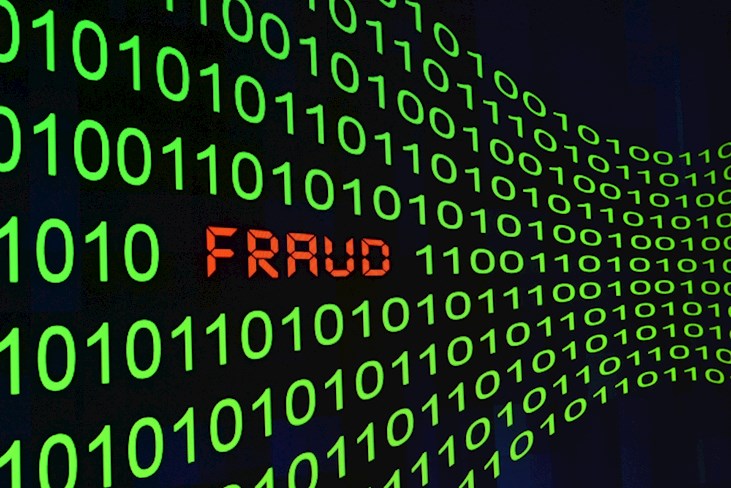The Guardian is not happy: they say that Rubicon Project has been pocketing money for a while in extra fees when buying inventory from the Publisher. According to Digiday, this lawsuit is part of a larger attack by the Guardian paper into investigations into the growing problem of programmatic inventory buying, which often doesn’t work as advertised nor pay out as advertised.
According to studies by the Guardian, they found they were only getting about 30% of the actual money being spent on advertising: for every dollar an advertiser spent, they only got about 30 cents themselves.
This is unusually strange, because per most “experts,” the programmatic advertising industry is supposed to raise prices, not lower them. However, time after time, the Guardian found that despite having contracts that set the revenue share, bits and pieces of the money they got was taken away through undisclosed fees.
AdExchanger says this is a huge problem in the industry and not talked about enough:
With real-time bidding, this process happens on a much greater scale, and for each impression the bid is submitted in a matter of milliseconds. Seems straightforward enough, right? Yet, a lack of transparency around second-price auctions opens up the potential for price manipulation – another black eye for an industry already struggling to address ad fraud.
Another prominent method to raise clearing prices is by using so-called “bidding fees” or “buyer fees” – when an arbitrary, undisclosed percentage set by the exchange is added to the second-highest bid. Some may consider these fees to be fair game, since they divide the cost of using the exchanges among both publishers and buyers.
“It’s the cost that catches people by surprise,” said Christopher Whalen, “Marketers often expect programmatic buying to be 10 times cheaper than traditional means because they think only about the ad inventory itself and don’t anticipate the surrounding expenses.”
In fact, it’s so bad, that 90% of advertisers say they really HATE this type of media buying.
As much as 55% of the money invested in programmatic actually goes to ad-tech companies (demand-side platforms, supply-side platforms, trading desks, data providers and verification vendors) and only 45% reaches publishers, according to a 2015 study produced by the Interactive Advertising Bureau. The organization has even built a “Programmatic Fee Transparency” calculator to determine the fees associated with specific ad buys.




